These grids block the passage of some debris and light, while remaining somewhat permeable to air and often liquids. Read More…
All Plastics and Fiberglass prefabricates gratings products including fiberglass gratings, bar gratings and floor gratings. We offer online ordering of our in-stock products to accommodate all our current and potential customers.
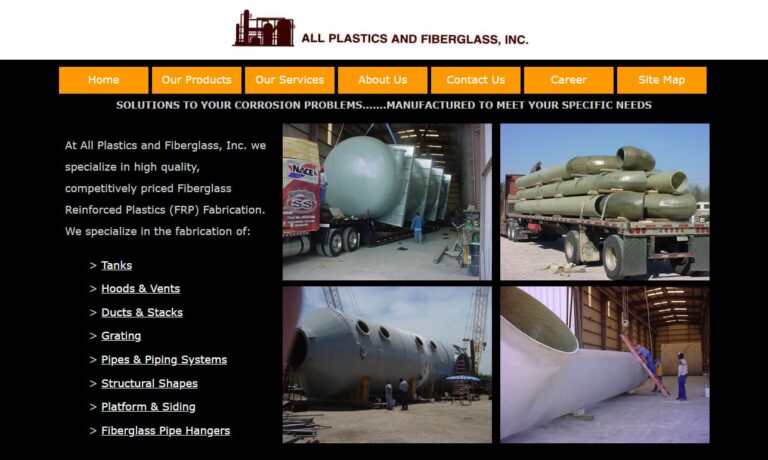
Our seasoned engineers are experts at manufacturing durable gratings. These high quality solutions are specialized for a variety of industries. We take pride in saying that all of our manufacturing processes happen right here in the United States. We promise to assist you with all of your needs. You will be satisfied with our long-lasting economical solutions!
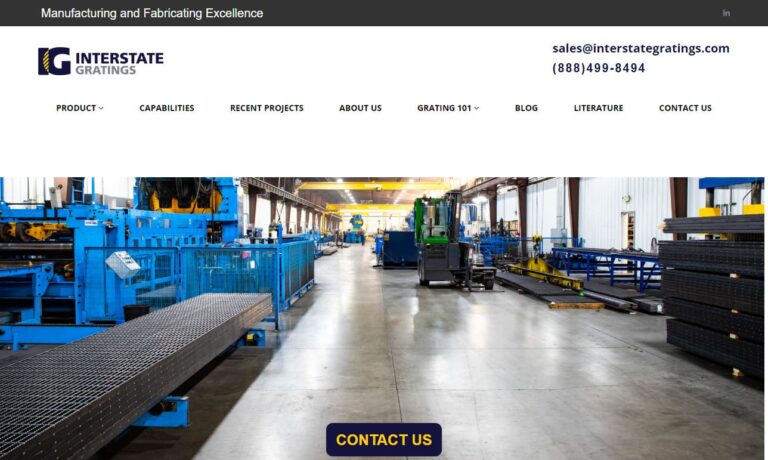
We are the experts at creating high quality gratings. Our engineers are eager to handle any of your requests. We care about your order, no matter how big or small. You can count on friendly assistance from the first call. We pay attention to your specific requirements and you are guaranteed to receive your products on-time. These items are easy to install and simple to maintain.
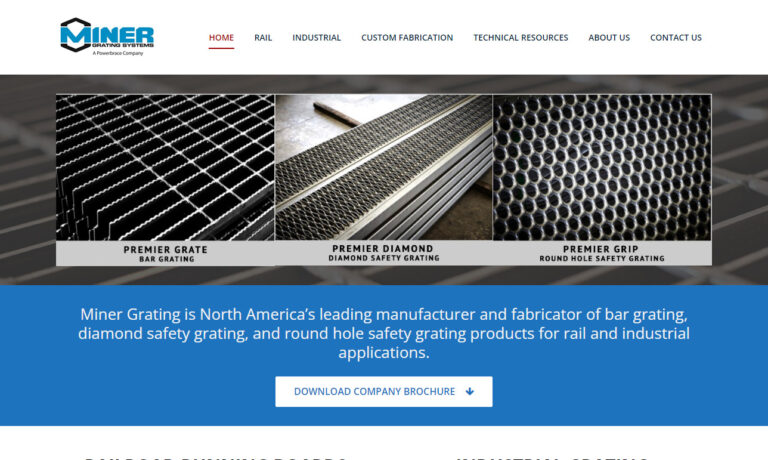
For over 40 years, Ohio has been a leading manufacturer of precision made aluminum grating solutions and offers products in both light duty for pedestrian loading and heavy duty for H20 loading to meet AASHTO standards. Ohio’s products can be manufactured to comply with ADA requirements, are manufactured in the USA and can assist with earning LEED credits. Please call Ohio today!

More Stainless Steel Grate Manufacturers
Used for drainage, support, filtration, partition and enclosure formation, steel grates are employed in many different environments and may be made of a number of different materials. The beneficial attributes of stainless steel, however, make it a popular choice for grate construction. As indicated in the name, this steel alloy does not rust, corrode or stain easily.
This allows its use in a variety of industrial applications involving volatile or corrosive fluids and gases. Additionally, stainless steel is known for its high tensile strength and durability. These properties and others make this material a popular choice from many industrial, commercial and even residential grates which may be high demand applications.
Food processing and preparation, chemical processing, industrial flooring, oil and gas producers, metal and mining facilities, pulp and paper plants as well as shipbuilding industries make frequent use of these metal grates. Outdoor drainage and non-slip surfaces such as ramps, stairs, docks, catwalks and footbridges also utilize this resilient material for necessary grating.
An aesthetically pleasing metal, stainless steel grates can be both functional and decorative elements utilized in traditional grate formations such as I-bar, rectangular bar and plank as well as intricate designer arrangements.
Steel is one of the most common alloys in use today. Made predominantly of iron and varying amounts of carbon, steel alloys include a wide variety of additional metallic components. Chromium is an essential ingredient in the creation of stainless steel. Grates made of this material have a formula that consists of at least 10% chromium and this element is responsible for the extreme resistance to wear and corrosion of stainless steel.
The first step in creating stainless steel grates is to mix and melt or sinter metal powders together and cast them into stock shapes. These rods, sheets and bars are then further processed to create the grid and mesh of a grate. Expansion grating and bar grating are the most popular techniques used to manufacture stainless steel grates. Expansion metal is created by perforating a steel sheet and stretching it to form diamond-shaped openings.
Bar grating joins steel rods together through welding, swaging, pressure-locking or riveting, creating a high-strength, load bearing grate. The process used for a specific grate depends largely on the intended use and specifications required of it. Serration or non-slip coatings are often utilized for floor gratings made of stainless steel to add traction.
While finishing is an important factor in manufacturing grates, additional considerations include the size, shape and density of the holes or gaps in a given grate as well as connection size.

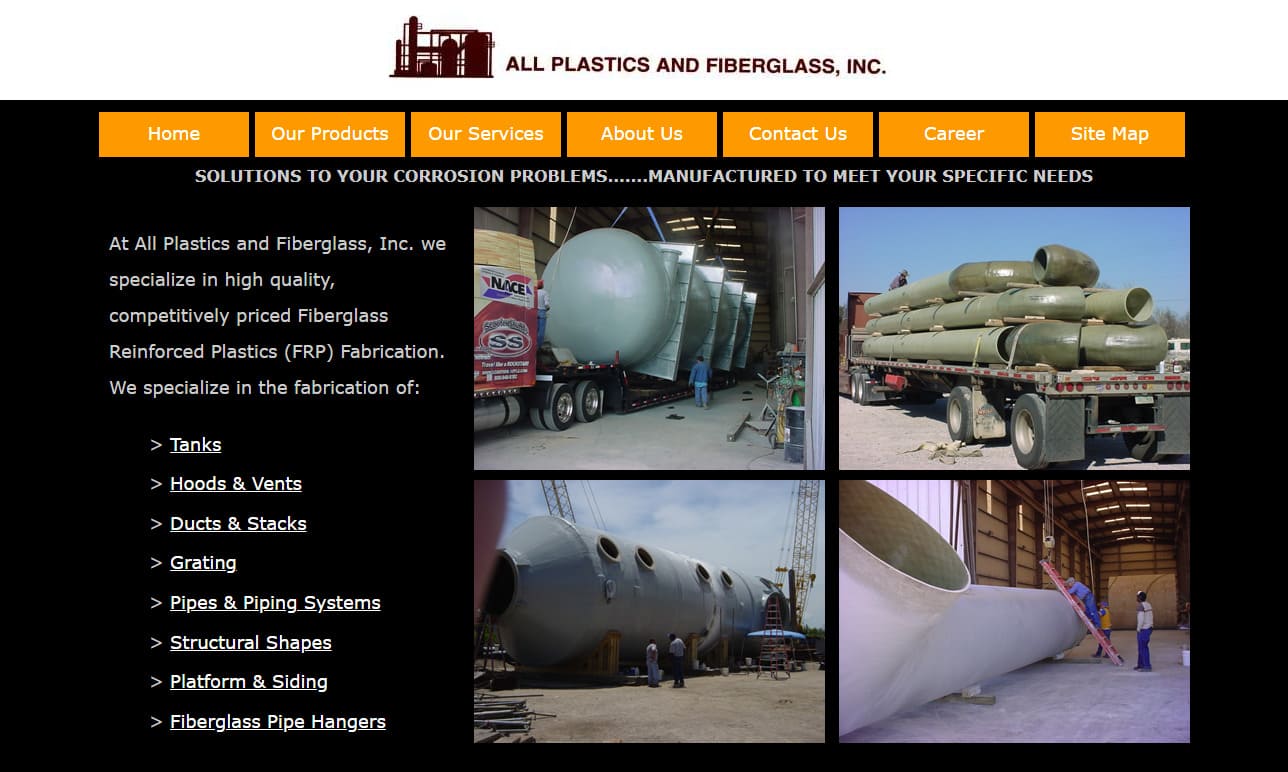
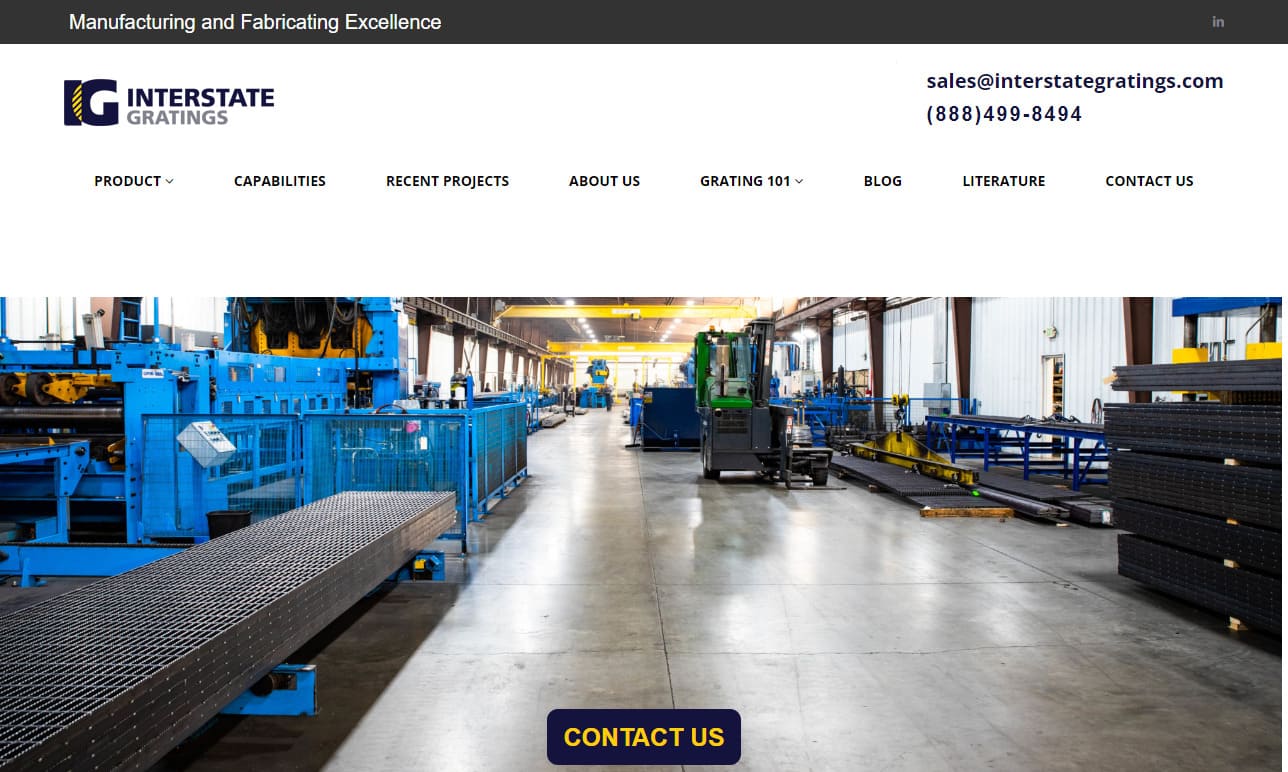
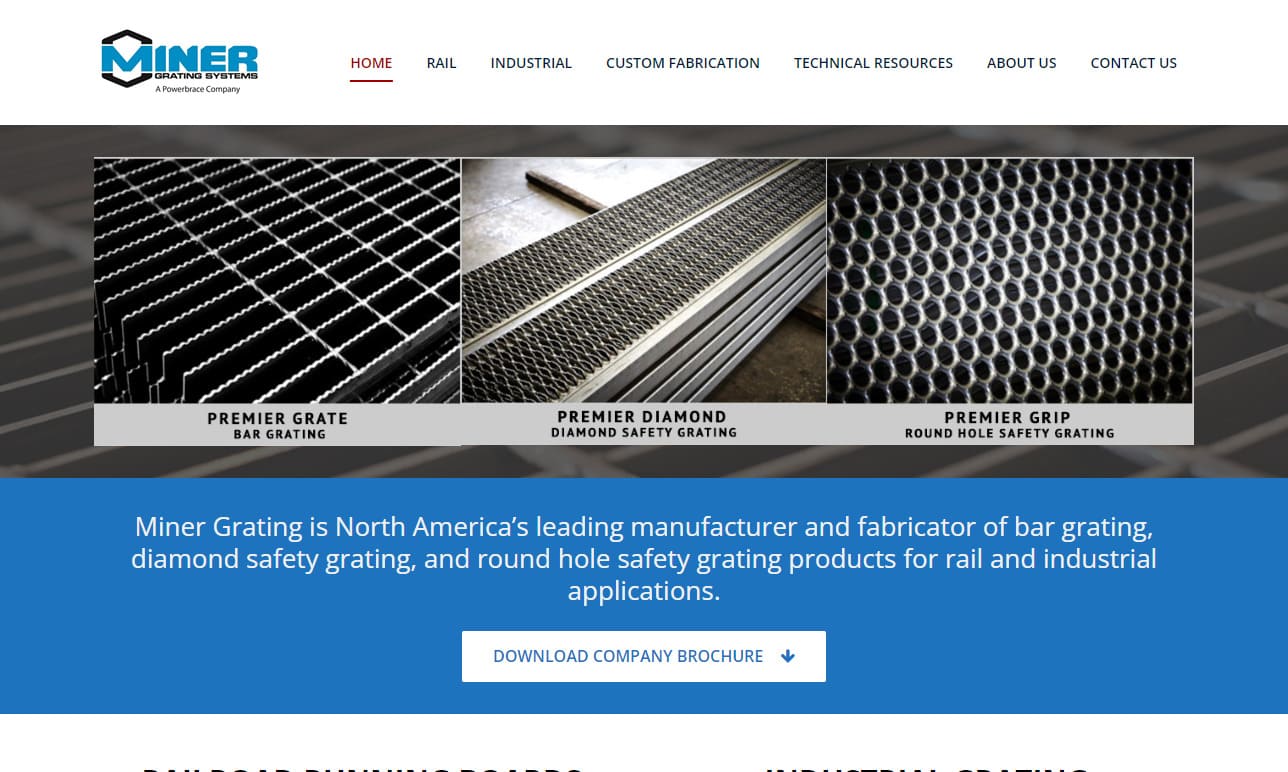

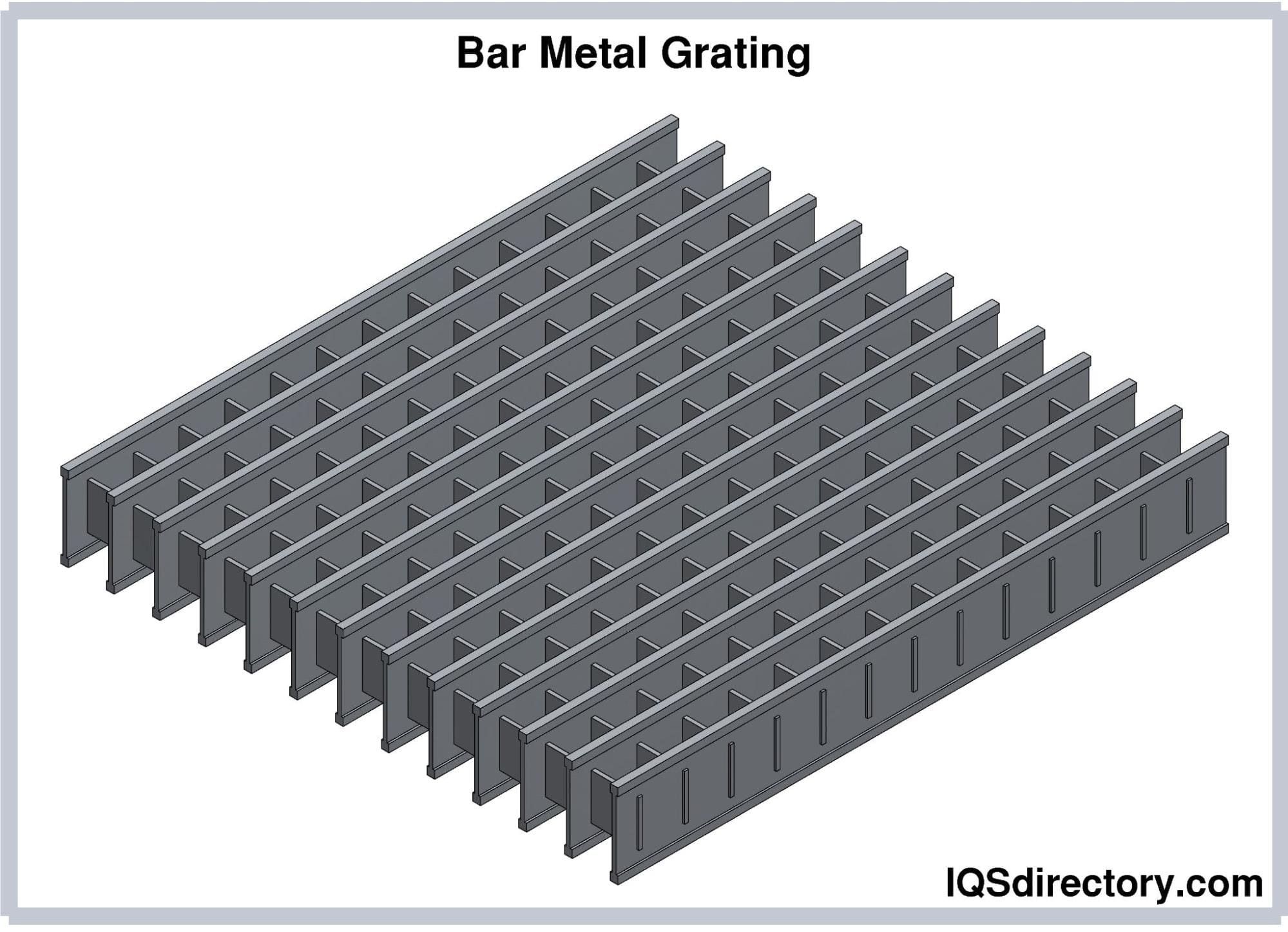
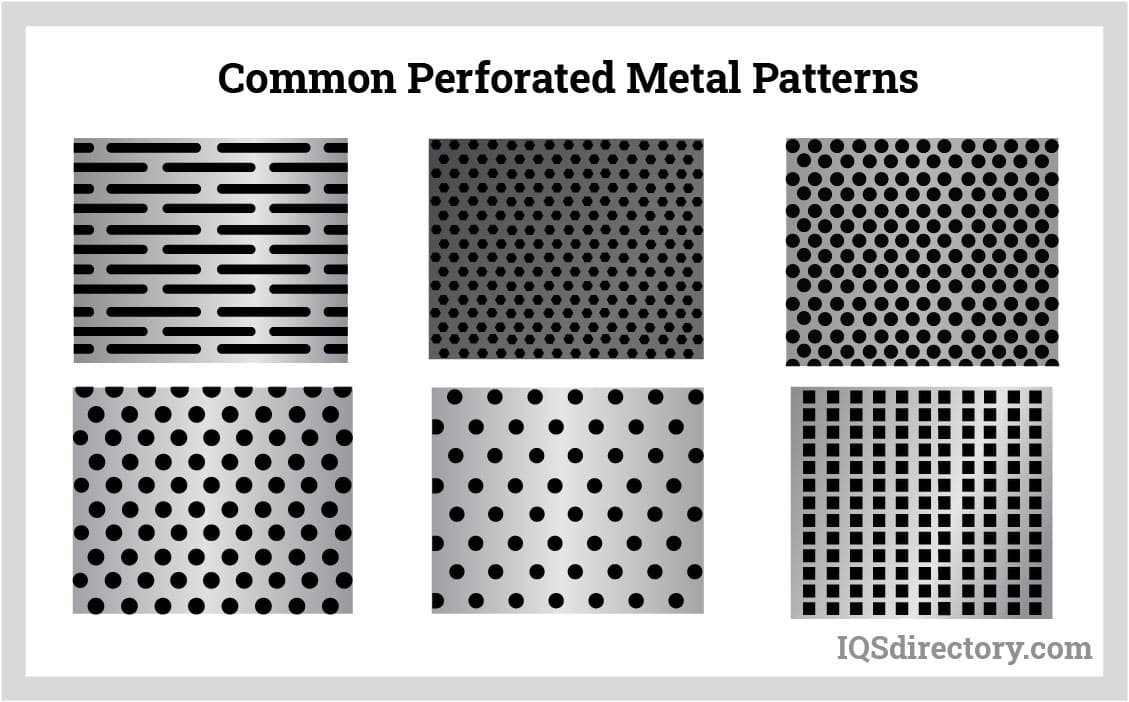
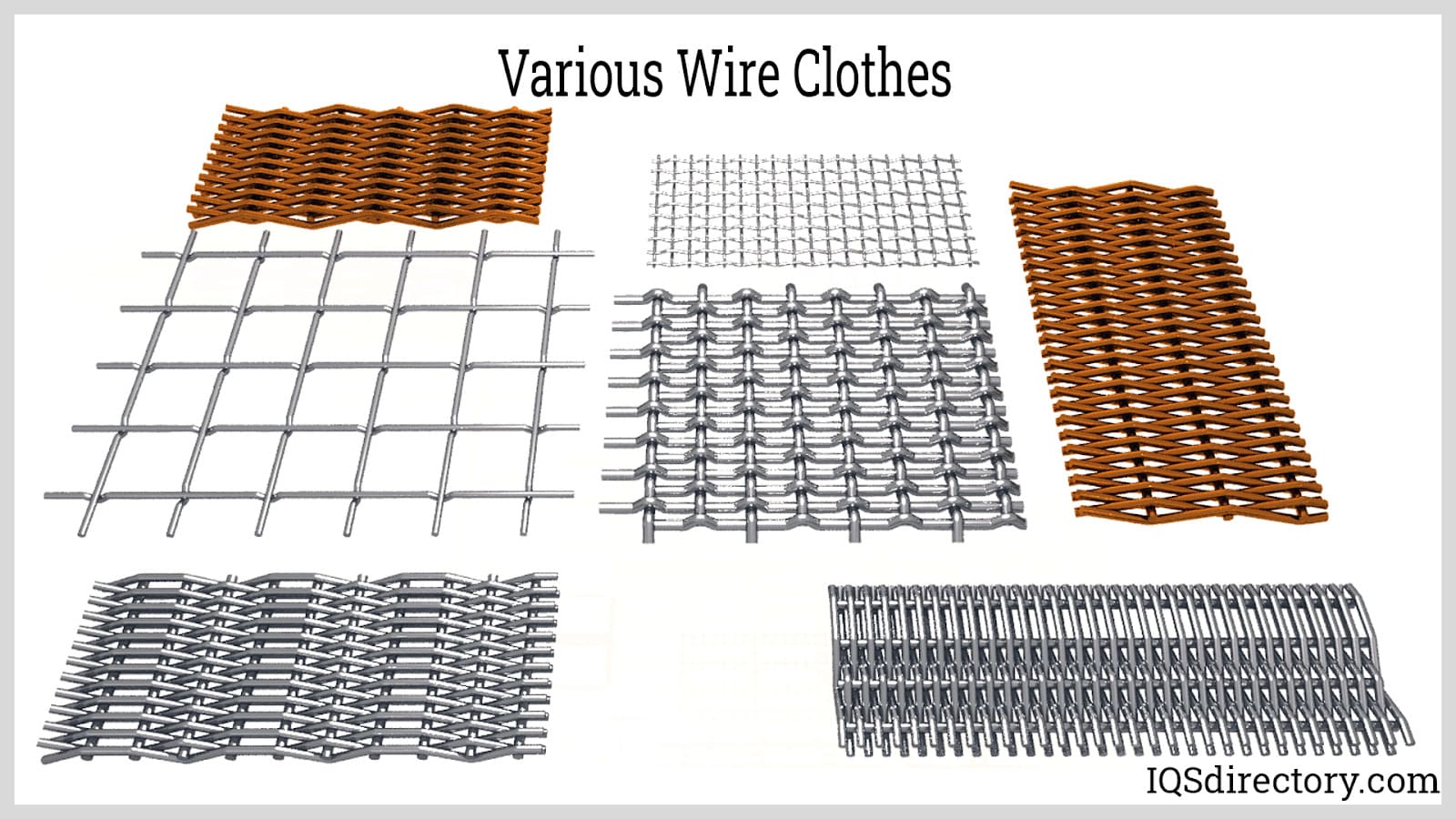
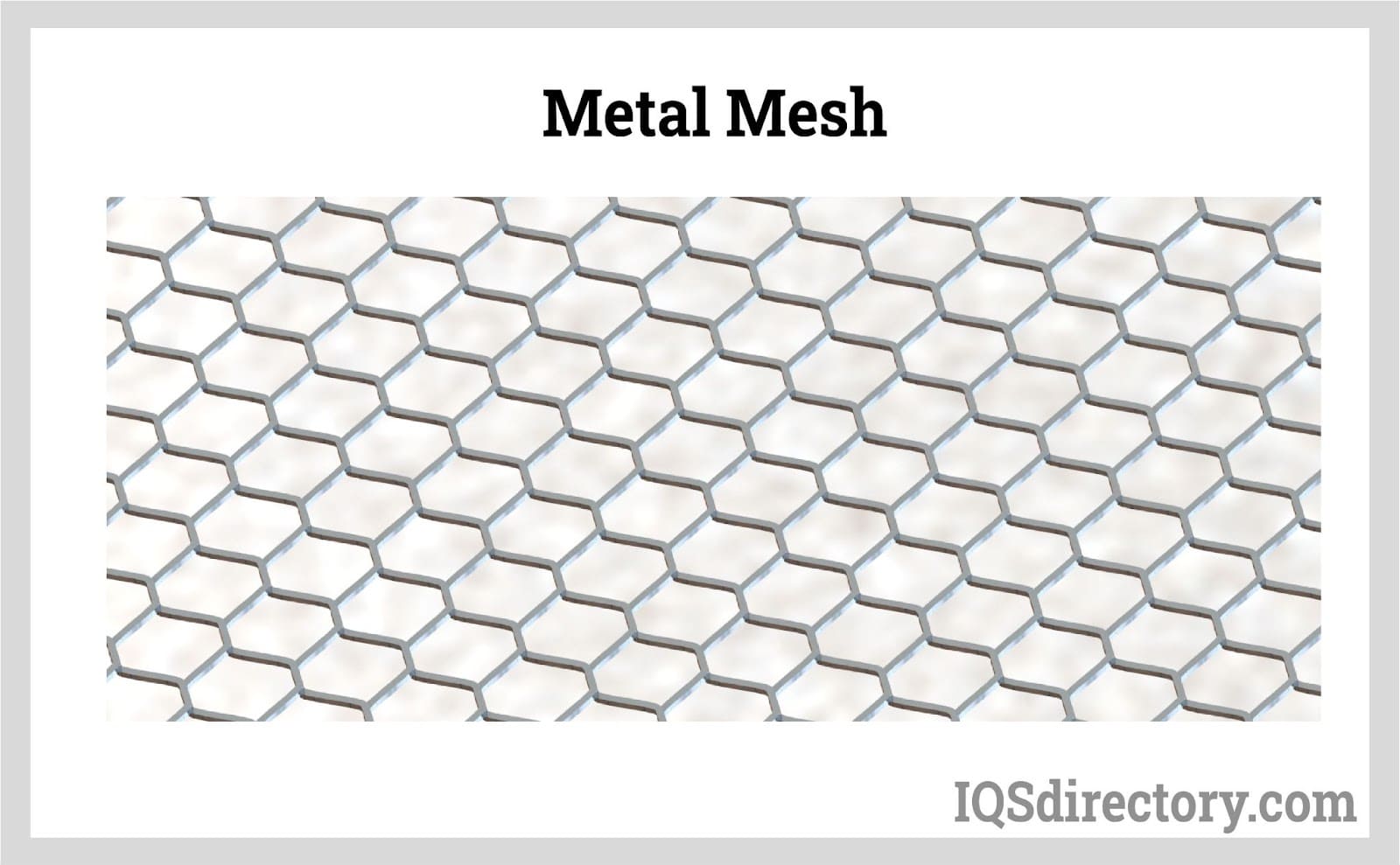
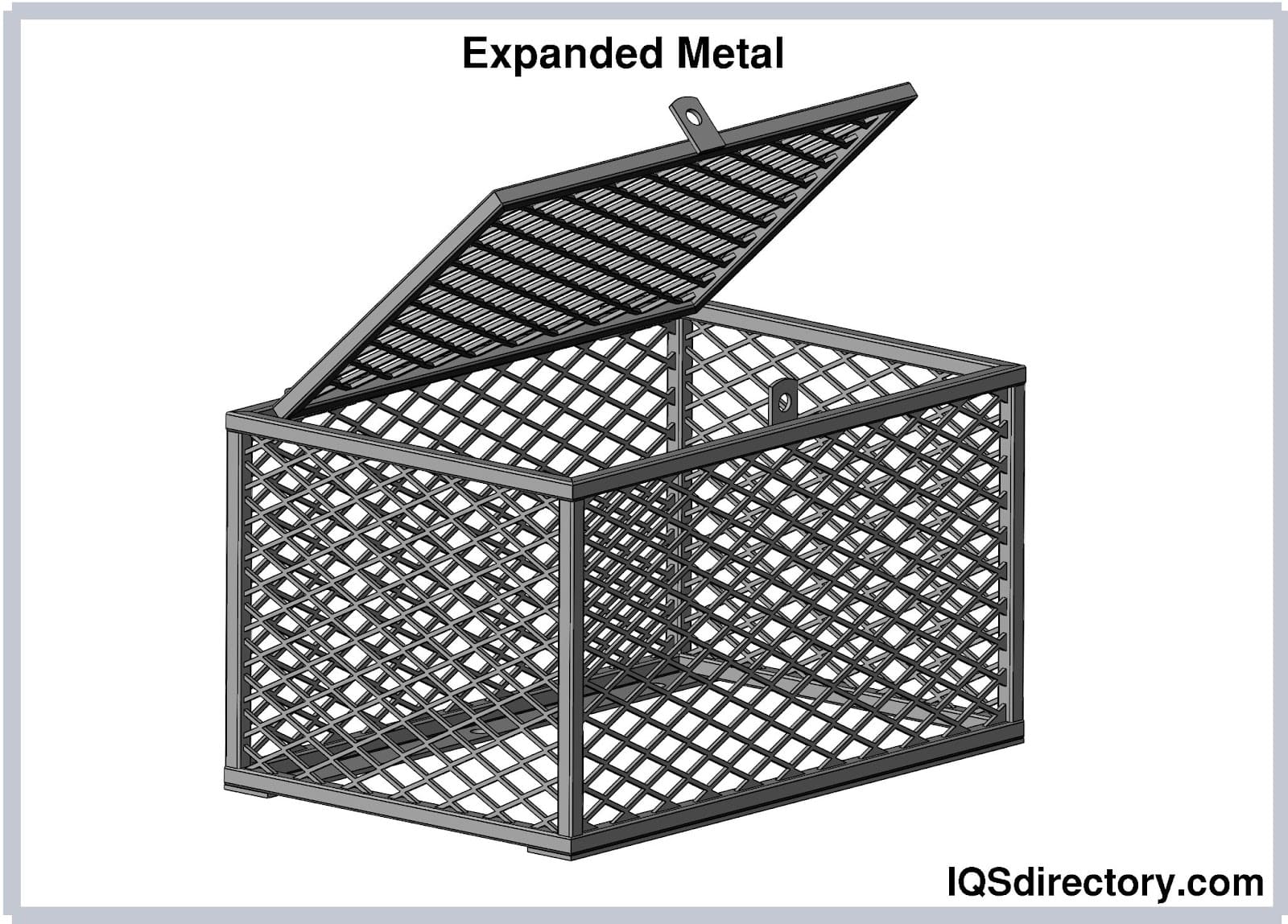
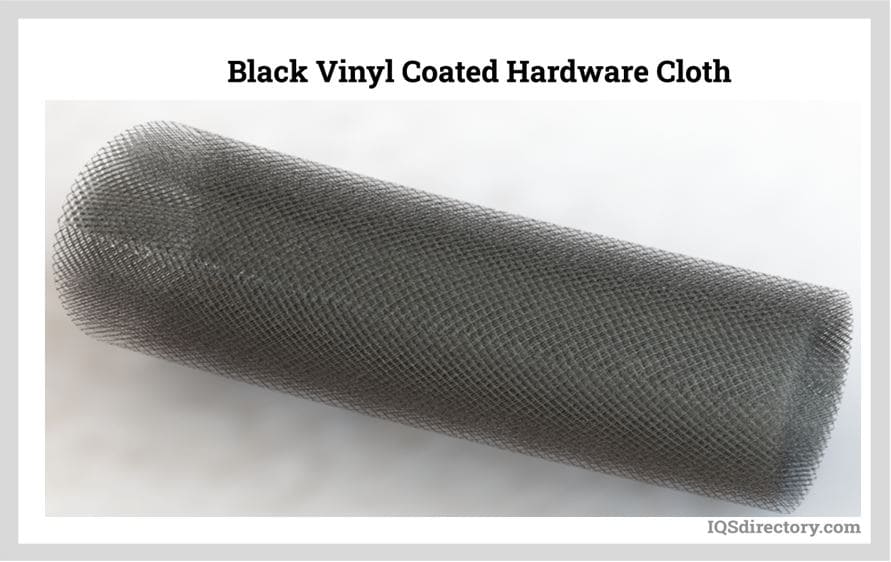
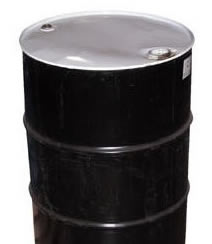 55 Gallon Drums
55 Gallon Drums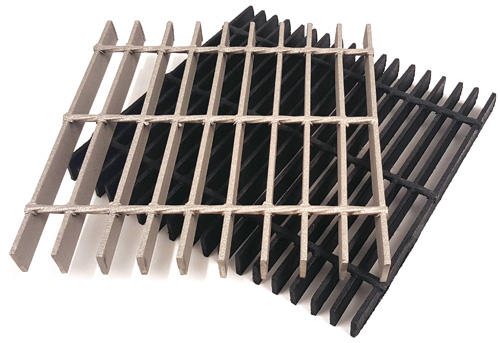 Floor Gratings
Floor Gratings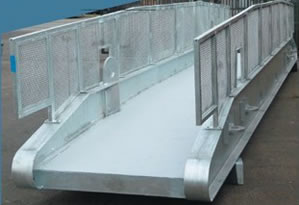 Mezzanines
Mezzanines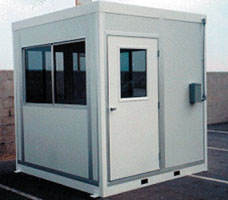 Modular Buildings
Modular Buildings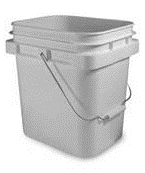 Plastic Containers
Plastic Containers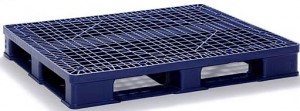 Plastic Pallets
Plastic Pallets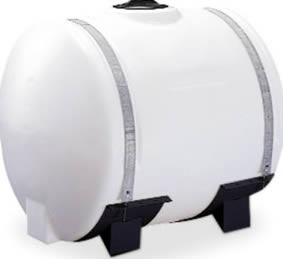 Plastic Tanks
Plastic Tanks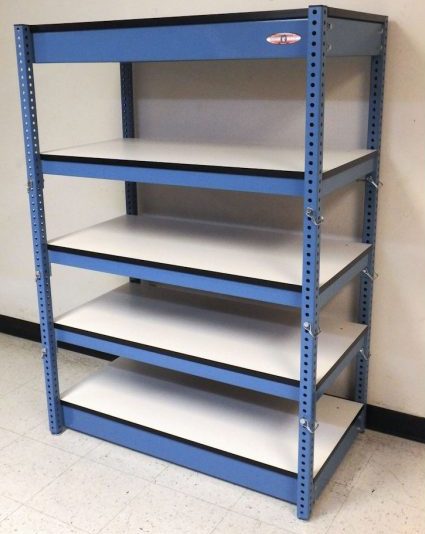 Steel Shelving
Steel Shelving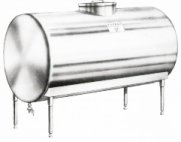 Stainless Steel Tanks
Stainless Steel Tanks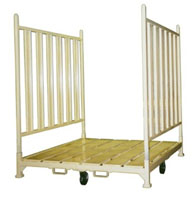 Storage Racks
Storage Racks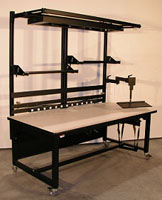 Work Benches
Work Benches Castings & Forgings
Castings & Forgings Bulk Material Handling
Bulk Material Handling Electrical & Electronic Components
Electrical & Electronic Components Flow Instrumentation
Flow Instrumentation Hardware
Hardware Material Handling Equipment
Material Handling Equipment Metal Cutting Services
Metal Cutting Services Metal Forming Services
Metal Forming Services Metal Suppliers
Metal Suppliers Motion Control Products
Motion Control Products Plant & Facility Equipment
Plant & Facility Equipment Plant & Facility Supplies
Plant & Facility Supplies Plastic Molding Processes
Plastic Molding Processes Pumps & Valves
Pumps & Valves Recycling Equipment
Recycling Equipment Rubber Products & Services
Rubber Products & Services